
- Monomaterial loungewear
- Circular design

Loungewear designed for resource efficiency. The design is made with versatile use and expression in mind. The garment construction is adapted to reduce the fabric usage and waste. The entire garment is designed using cellulose-based monomaterial adapted for a circular process. Elastane has been replaced with other design solutions to create the same function. Labels and threads are made from materials that do not need to be removed before recycling.
100 % ecological cotton.
KappAhl
The goal with this project was creating a collection with the purpose of prolonged use and extended lifespan and for the garments to be recyclable once worn out. All of the garments in the collection contain a QR-code informing the consumer about the garment and tips on how to care for it to prolong its lifespan.
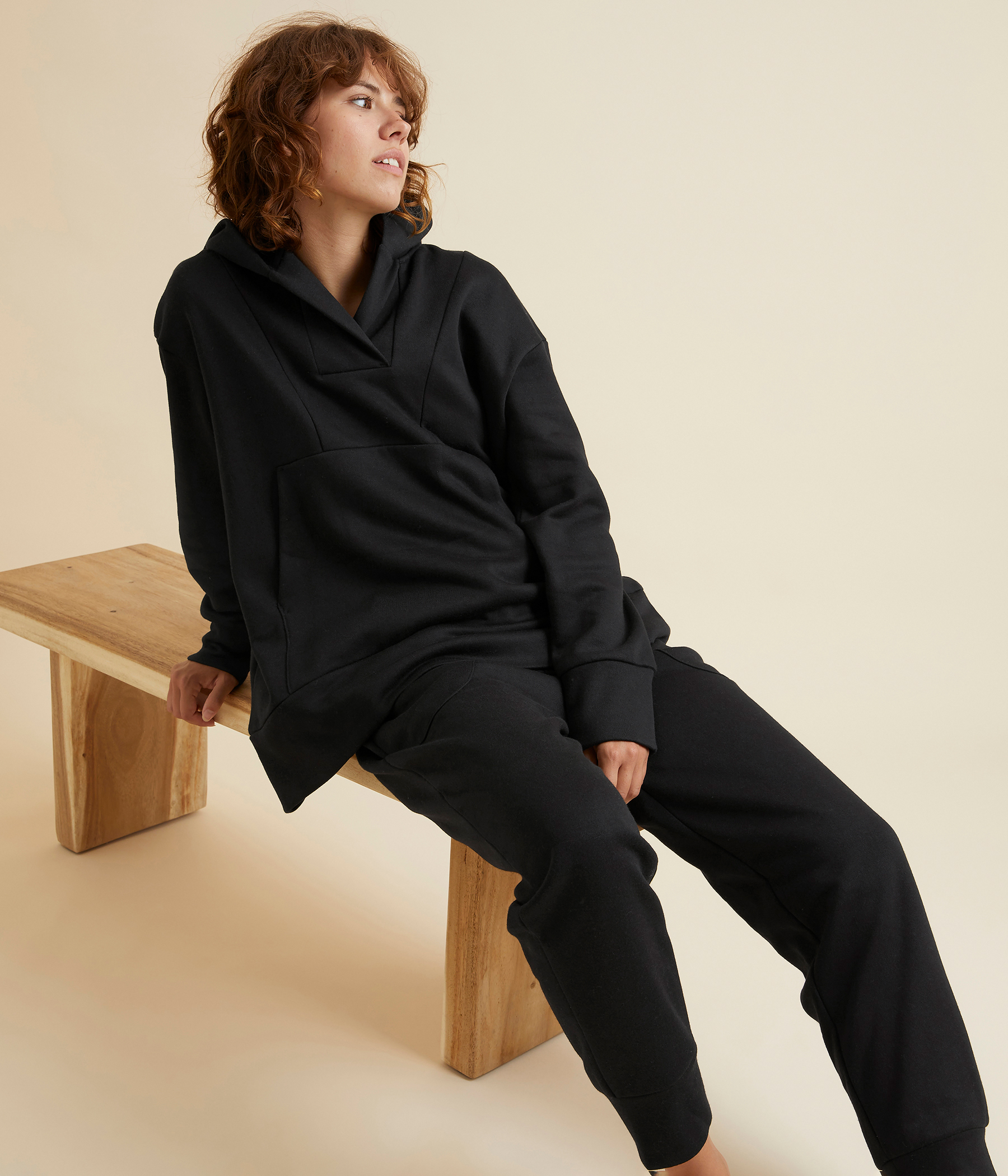
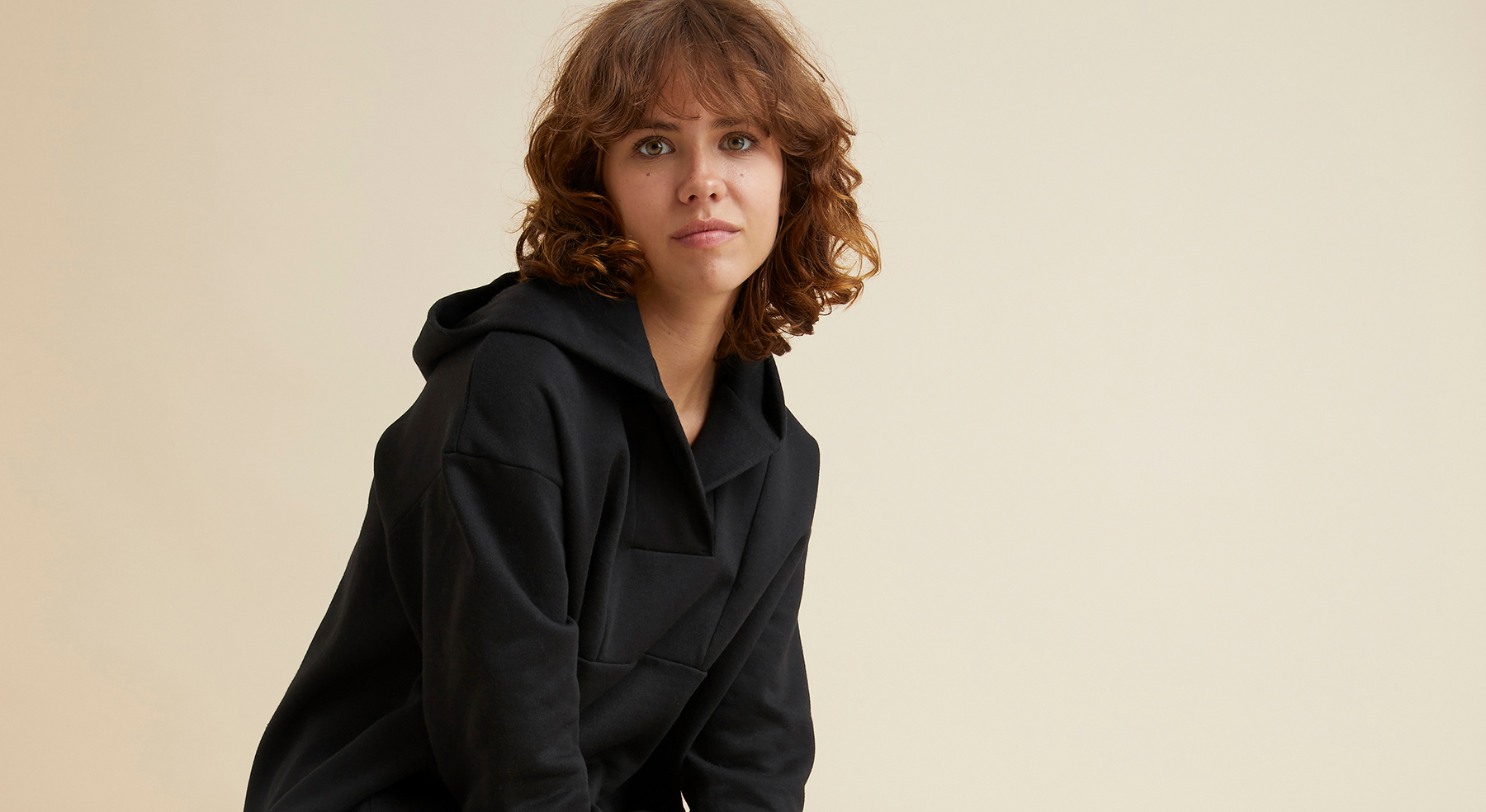
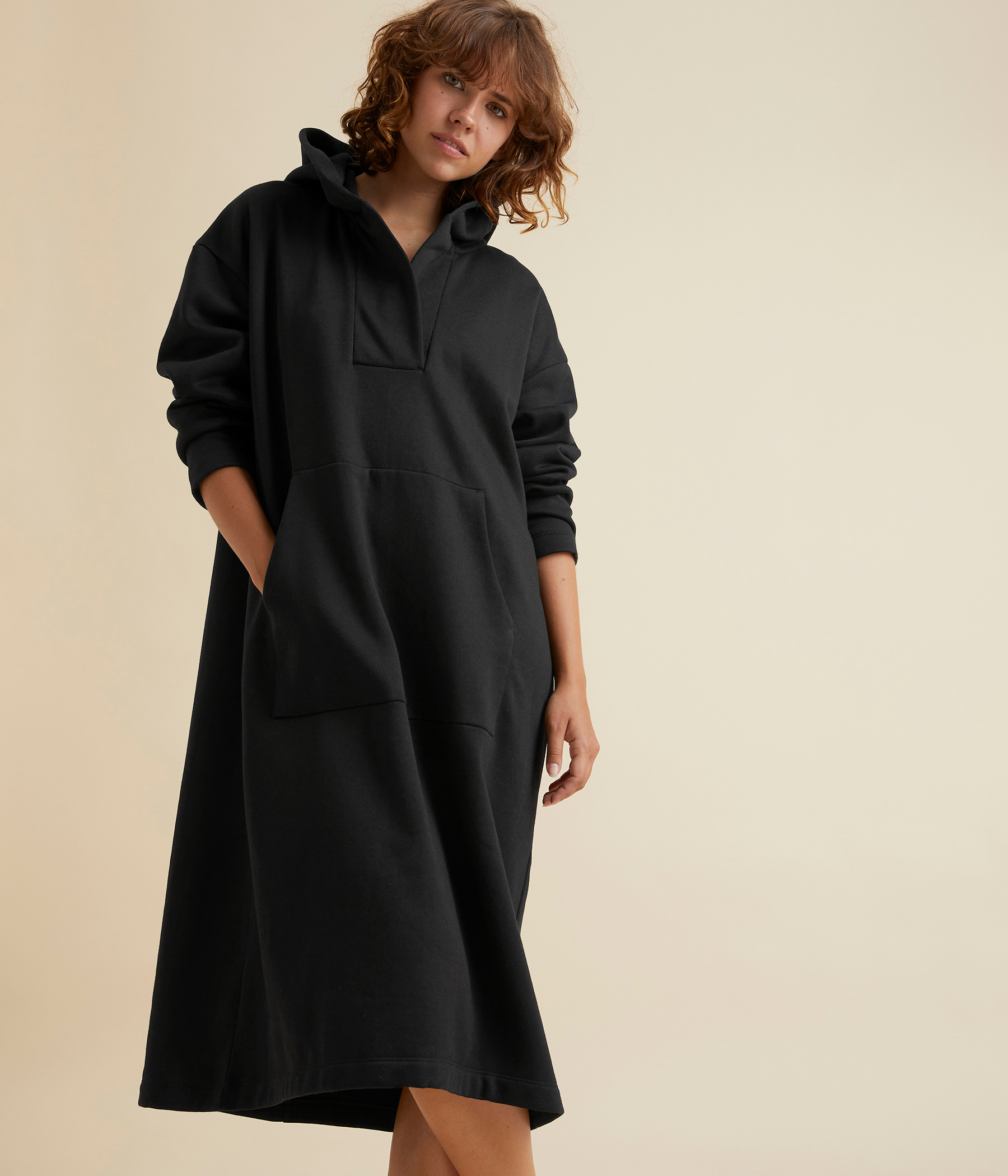
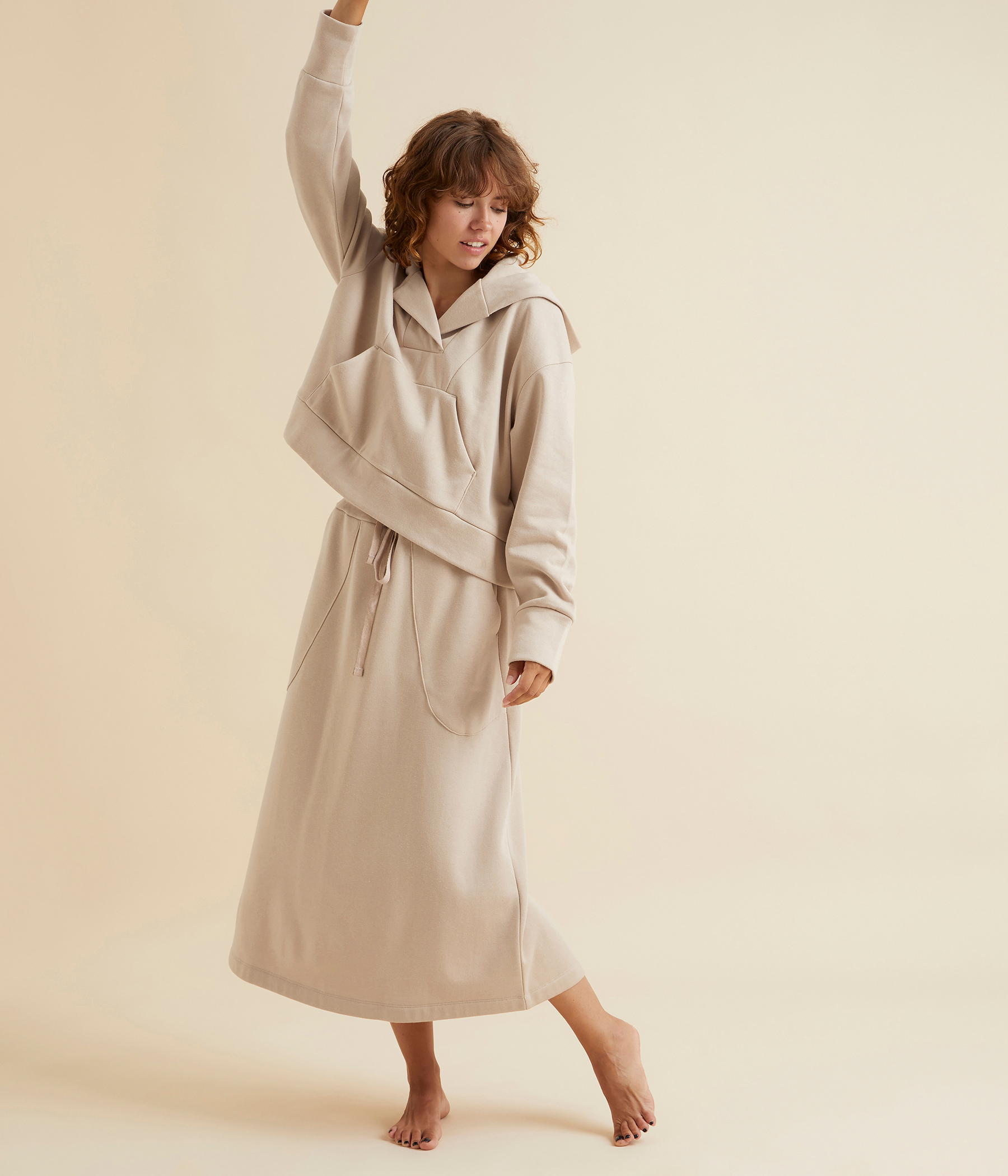
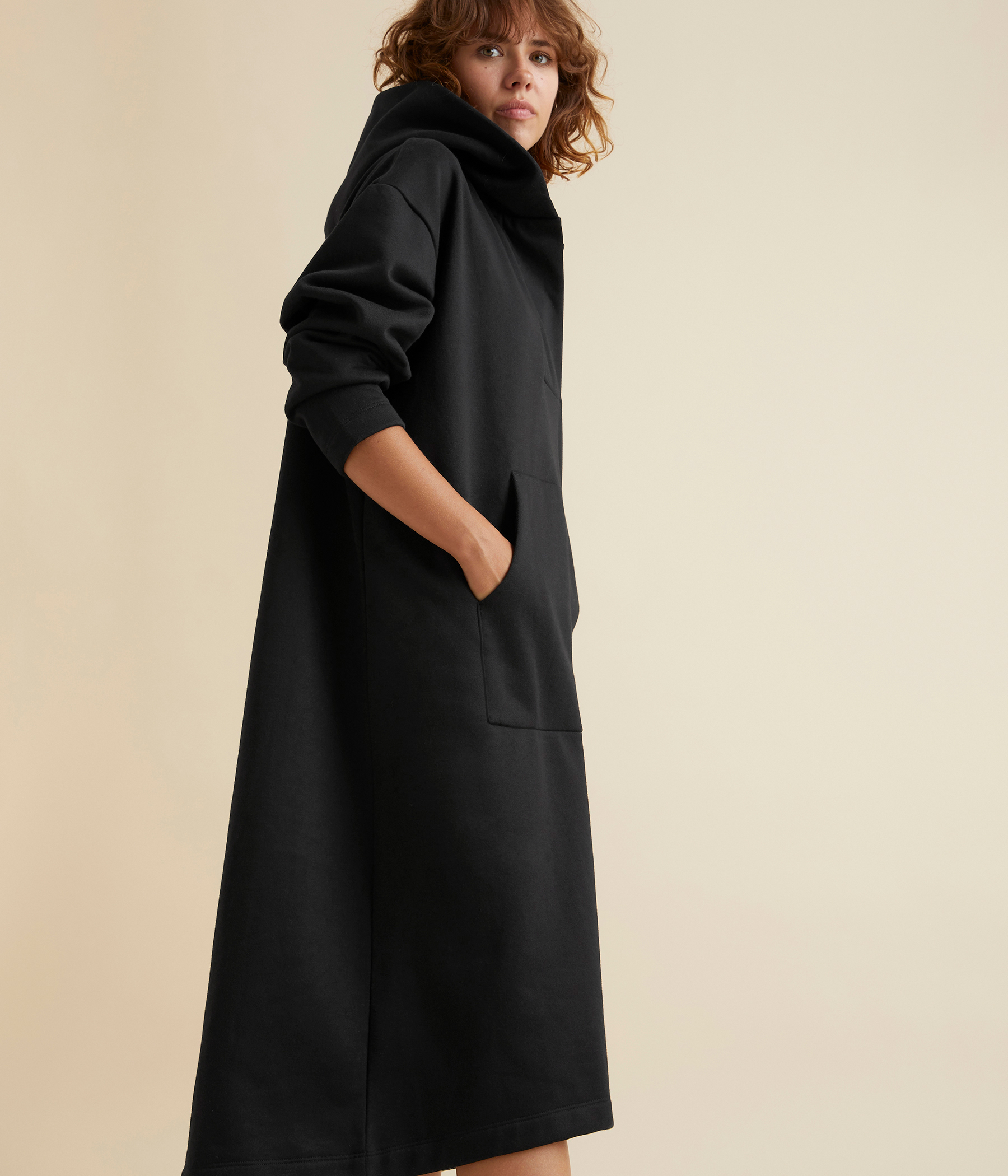




All group objects:
Each decision during product development affects sustainability and circularity. To develop products with lower environmental impact, the design team needs to be well aware of each component and process, and their individual and combined effect on the final product and its longevity.
One challenge is having comprehensive knowledge regarding sutainability when it comes to all of the components and processes that are a part of the production and lifetime of the garment. An additional challenge is implementing alternative design methods that do not require virgin components. Ongoing research inspires and shows methods to re-make existing products to have new functionalities and designs with an upgraded look.
With higher traceability when it comes to materials, components, and processes, there are increased possibilities for more conscious decisions. If communicated well, this gives the consumer a better basis for decisions.